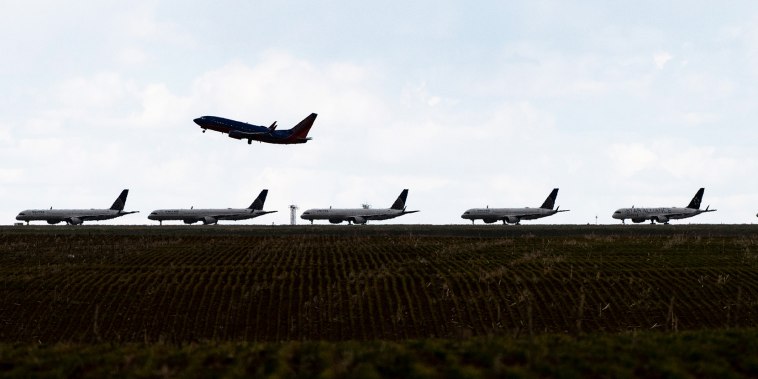As reports of aviation incidents and accidents fill the headlines with disconcerting regularity, it’s difficult not to question the safety of air travel. However, aviation experts argue that these seeming proliferations in the number of incidents are not indicative of a widespread safety issue.
Firstly, it’s important to understand the illusion of increase. The perceived surge in the number of aviation-related incidents isn’t necessarily due to an actual increase in accidents. Enhanced communication channels and instantaneous global news coverage mean we hear about incidents faster and more frequently than ever before. While twenty years ago, an incident might only make the local news, today, with the rise of the internet and social media, the same incident can make headlines worldwide within minutes.
There’s also a significant distinction between an aviation incident and an aviation accident. An ‘incident’ refers to an event that happens during the operation of an aircraft which affects or could affect the safety of operations. On the other hand, an ‘accident’ refers to an event that leads to death or serious injury or causes the aircraft to be irreparable. Most of the incidents that are reported in the media do not cause any fatalities; instead, they’re situations where safety systems have effectively prevented a more serious outcome.
Several aviation experts emphasize that advancements in technology and procedures over the last few decades have vastly improved aviation safety. Modern aircraft are equipped with highly sophisticated safety systems and instruments that make flying safer than ever before. For instance, advanced weather radar systems allow pilots to avoid dangerous weather conditions, while Terrain Awareness and Warning Systems (TAWS) can alert pilots to potential ground collisions.
Moreover, the industry has also made significant strides in improving pilot training and maintenance standards. Quality assurance programs, rigorous safety inspections, and stringent operational procedures form an integral part of the aviation industry’s dedication to safety.
The aviation industry employs a proactive approach to safety, learned from past incident experiences. Through this learning, effective preventative measures are implemented, such as the development of better aircraft designs, improving air traffic control procedures, and implementing stronger safety regulations.
Although it may seem as though there has been a rise in aviation incidents, it’s essential to remember that the majority of these are non-fatal and are dealt effectively due to robust safety systems in place. It’s a testament to the constant work done by the global aviation community to minimize risk factors and enhance flight safety.
Statistically, flying remains the safest form of long-distance travel. According to the National Safety Council, the odds of dying in a motor vehicle crash are 1 in 114, while the odds of dying in an air travel accident are 1 in 9,821.
Therefore, while it’s natural for the proliferation of aviation incidents in the news to raise concerns, experts insist there’s no reason for undue alarm. The safety measures that have been developed and refined over years of technological advancements and learnings from past incidents are effective protective mechanisms. So fasten your seat belts and enjoy your flight, reassured in the knowledge that the aviation industry is committed to maintaining high standards of safety.




